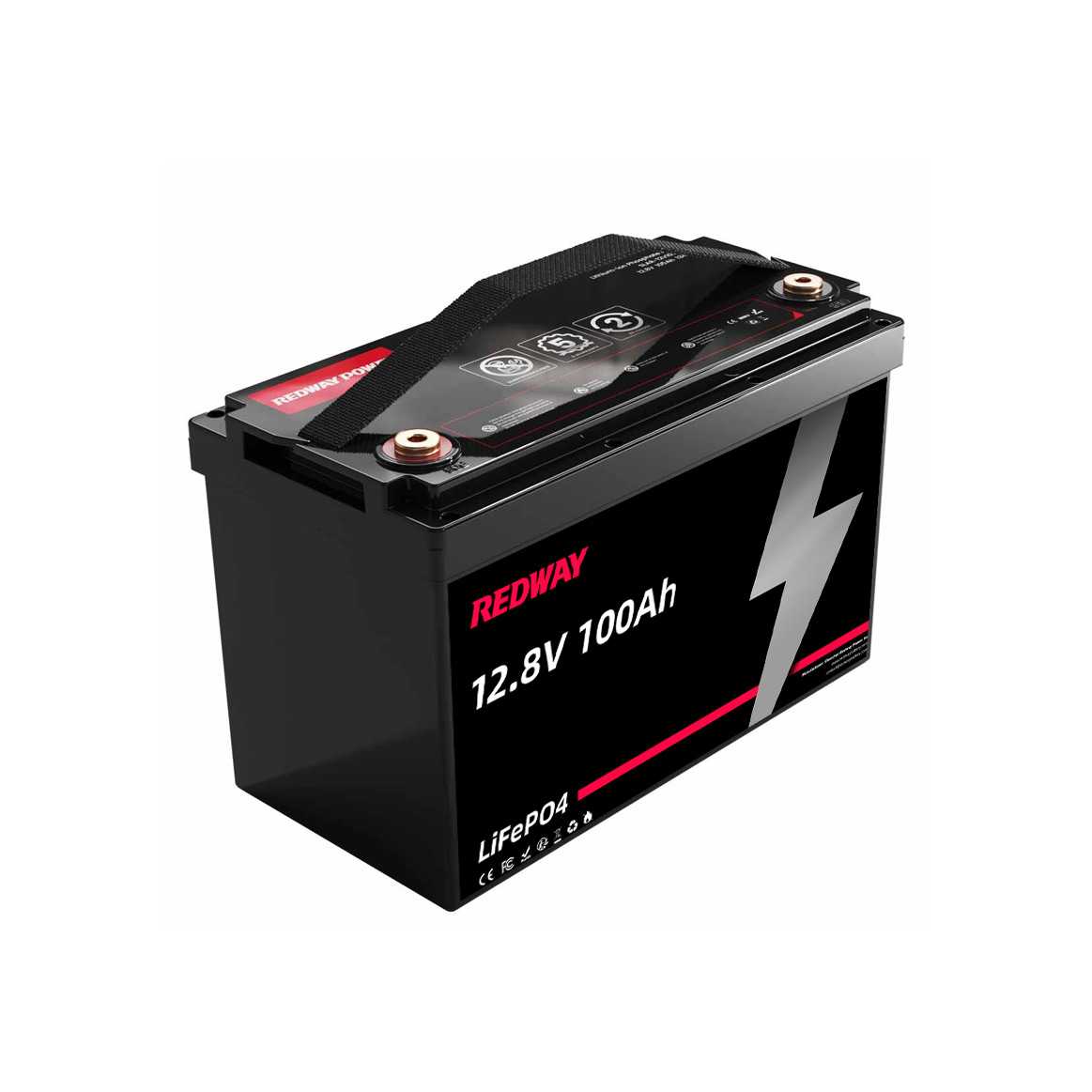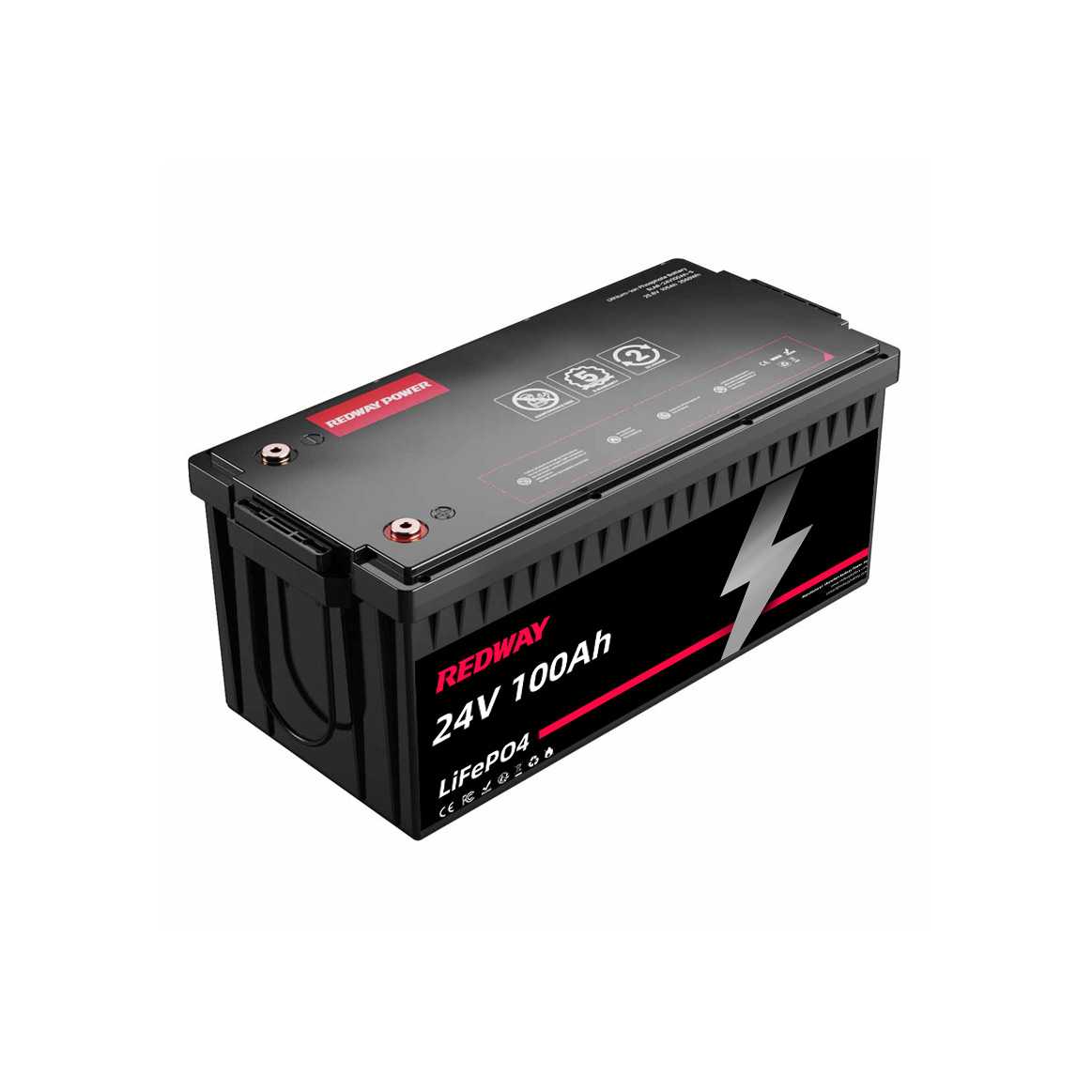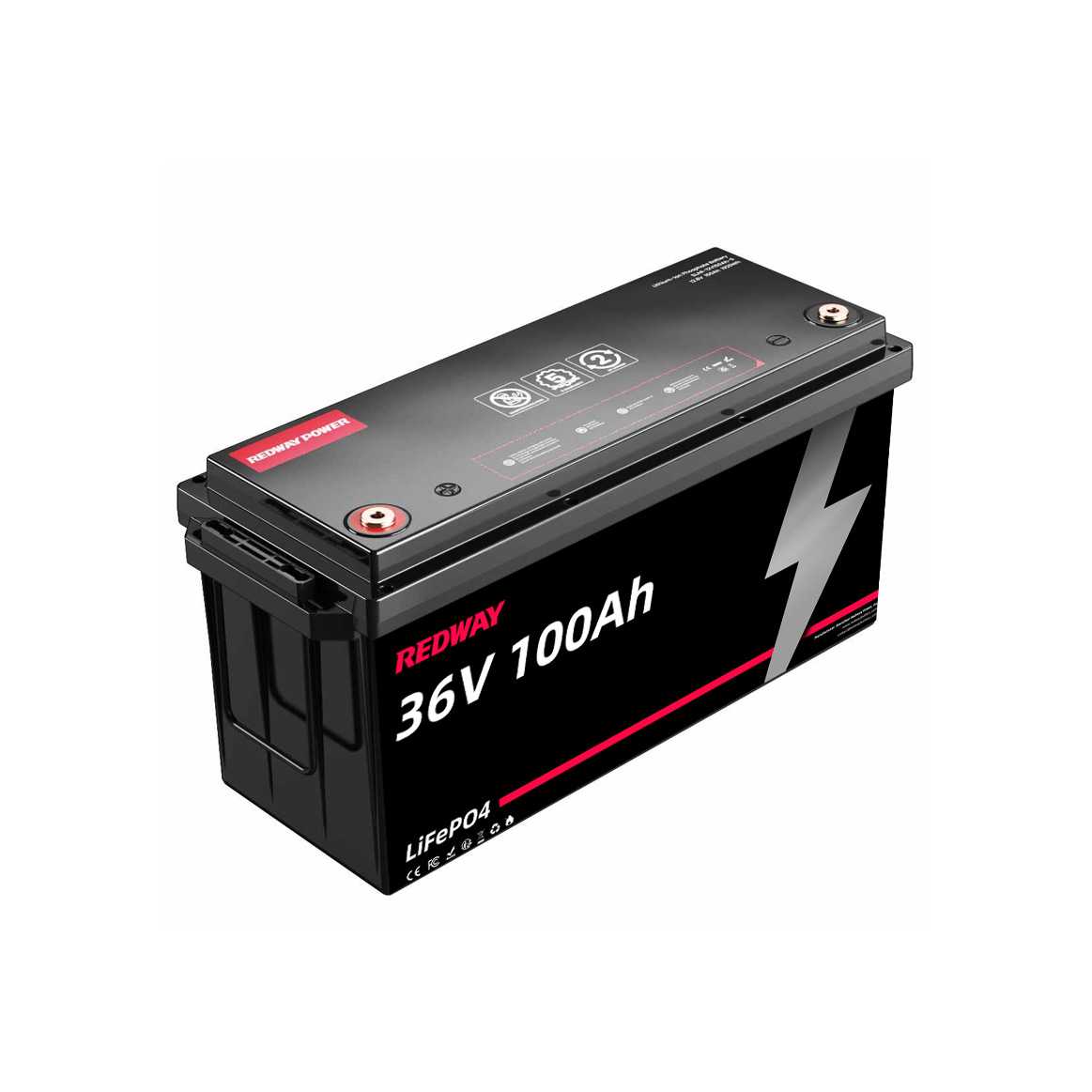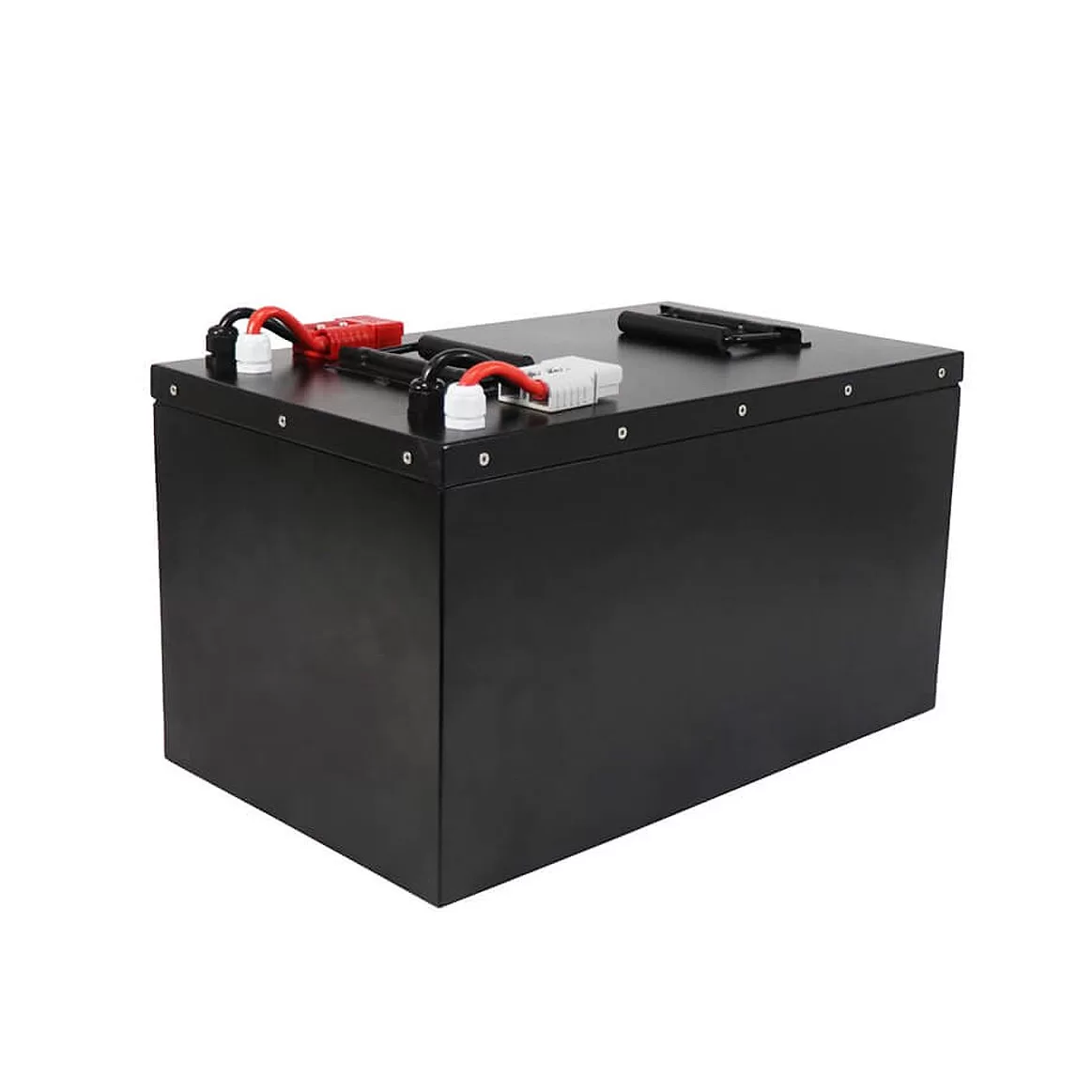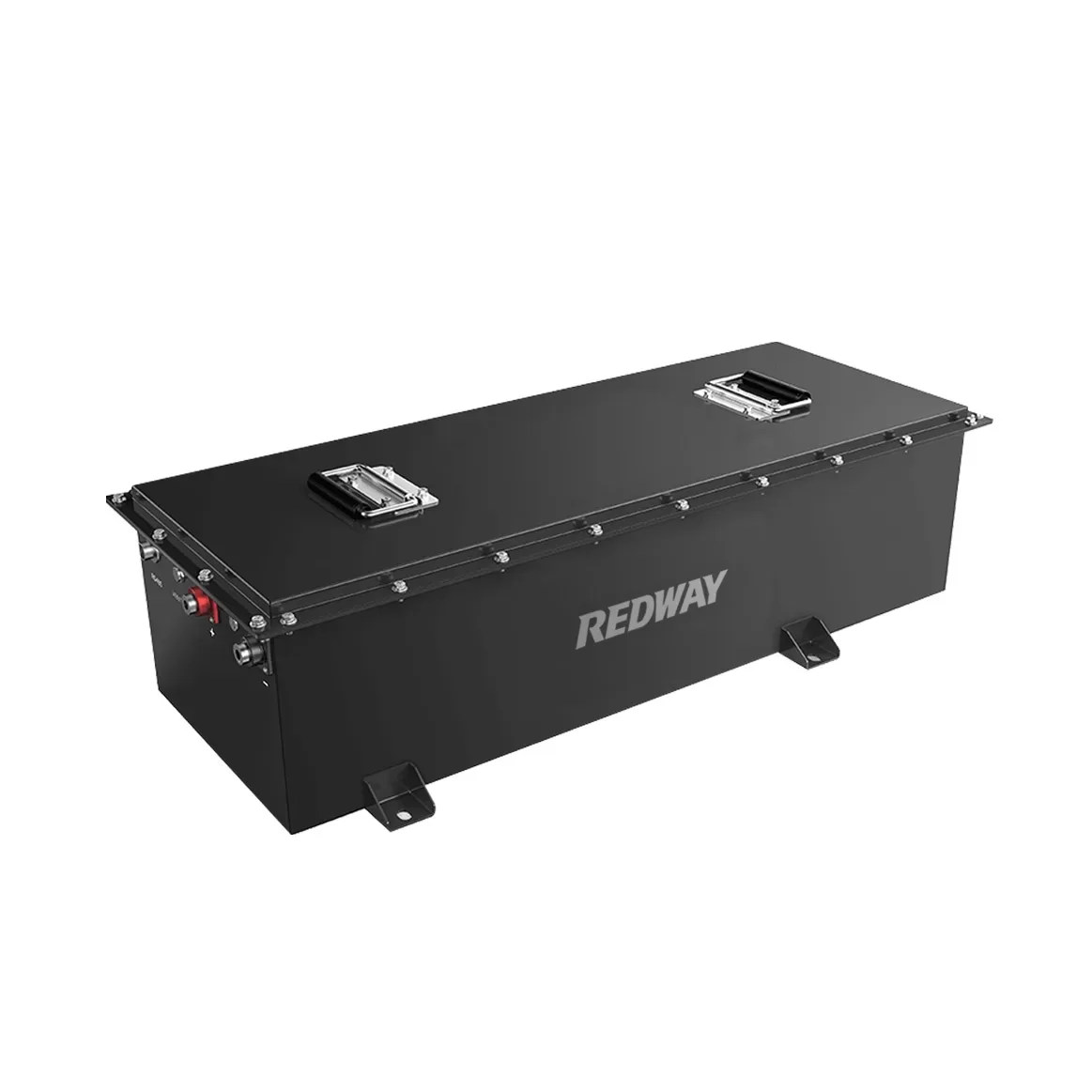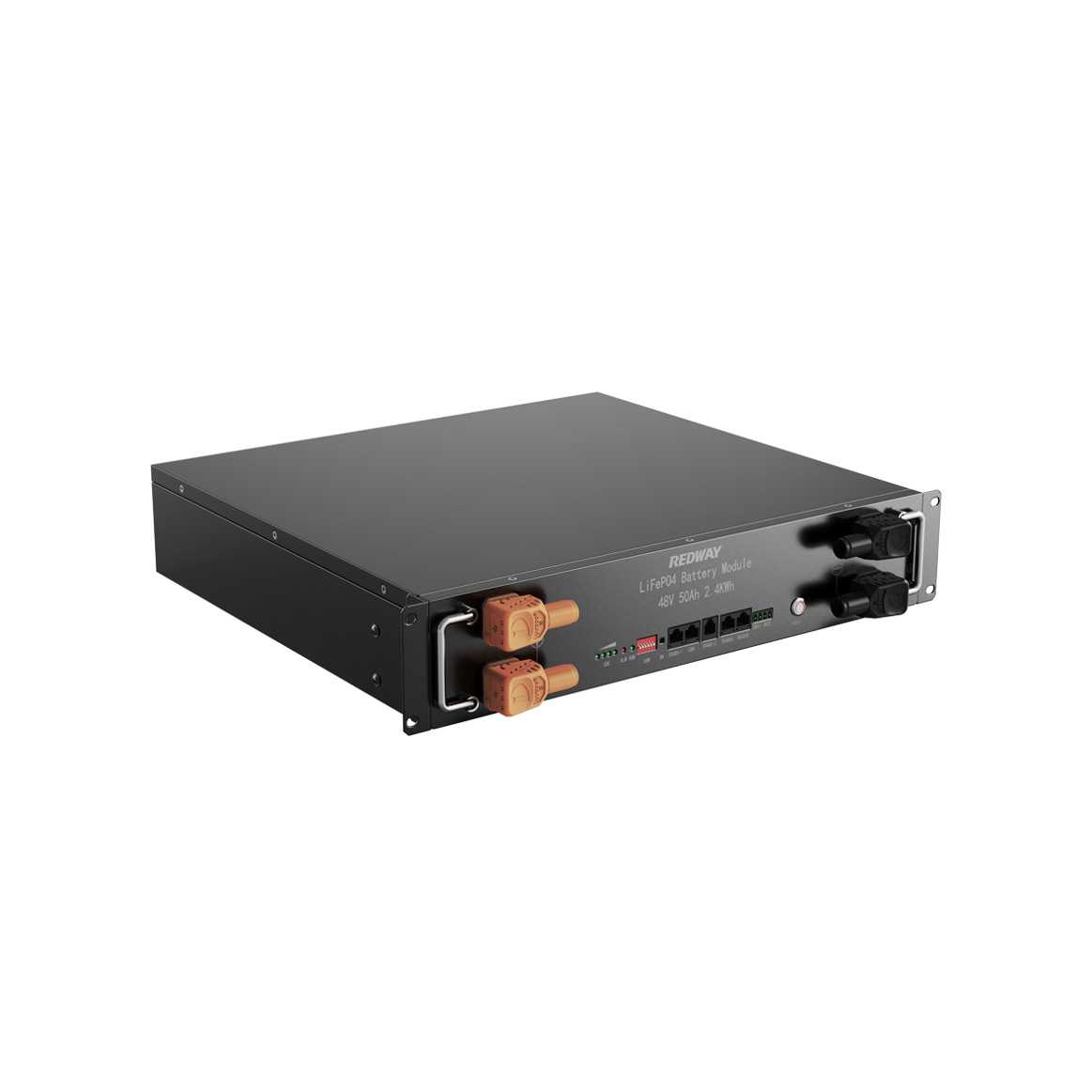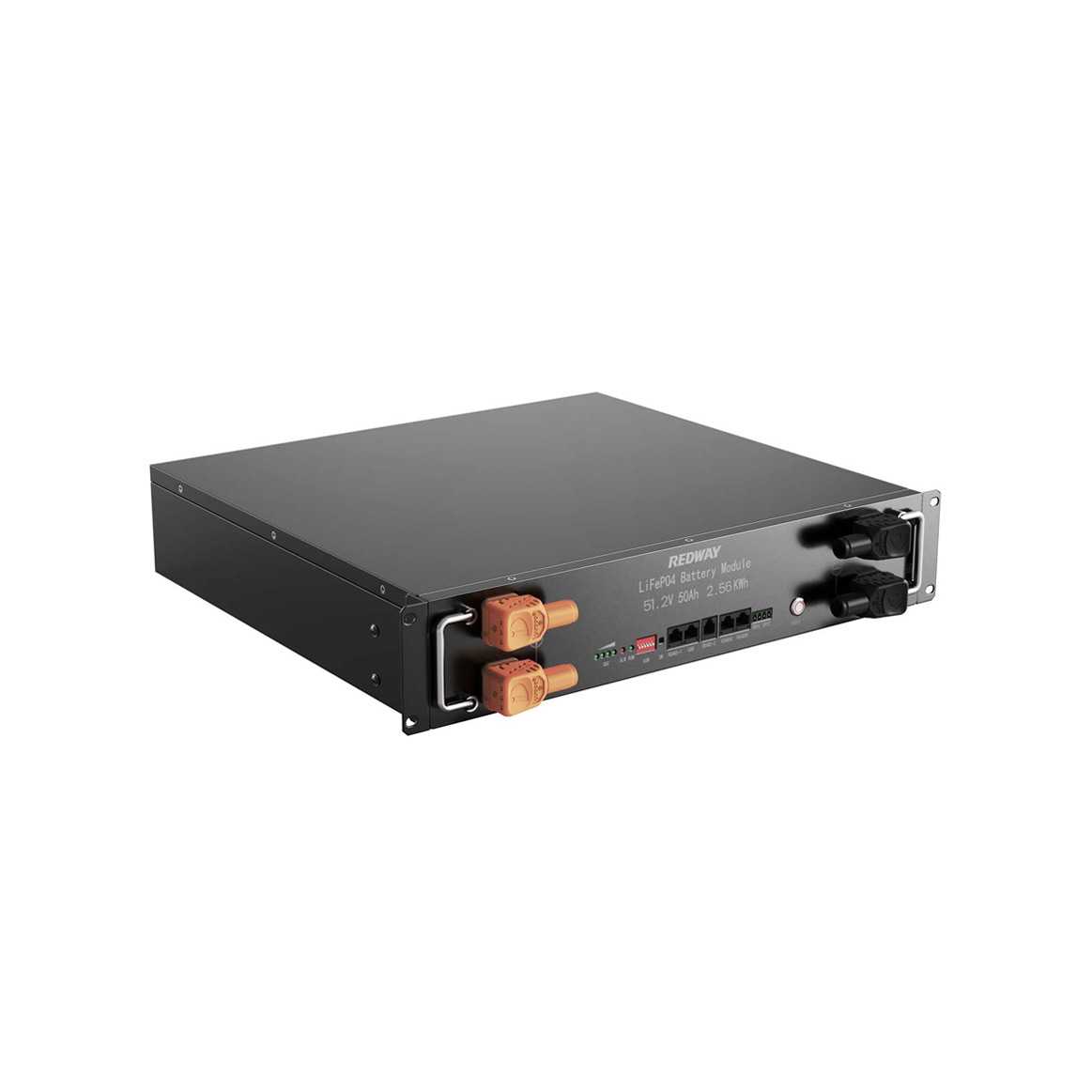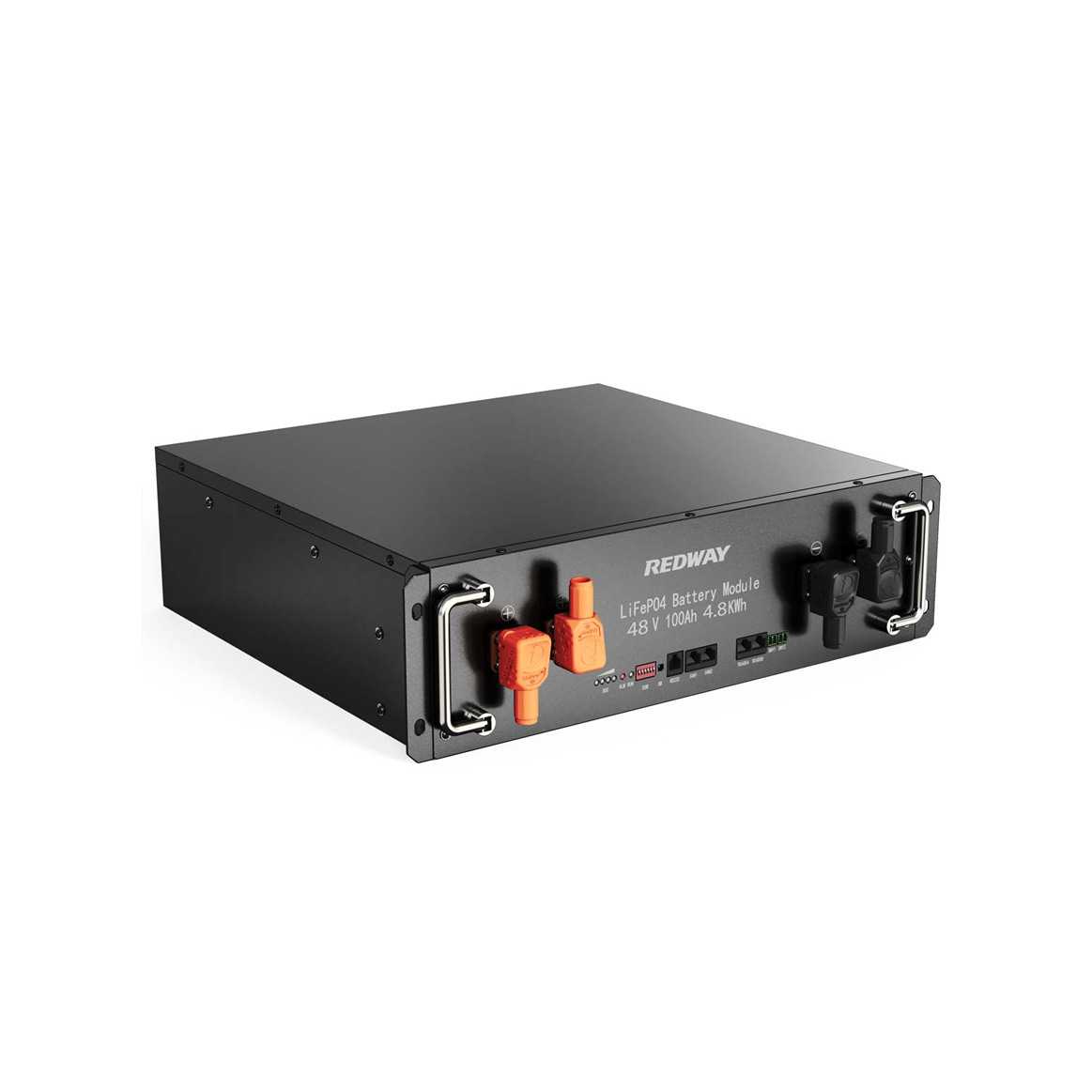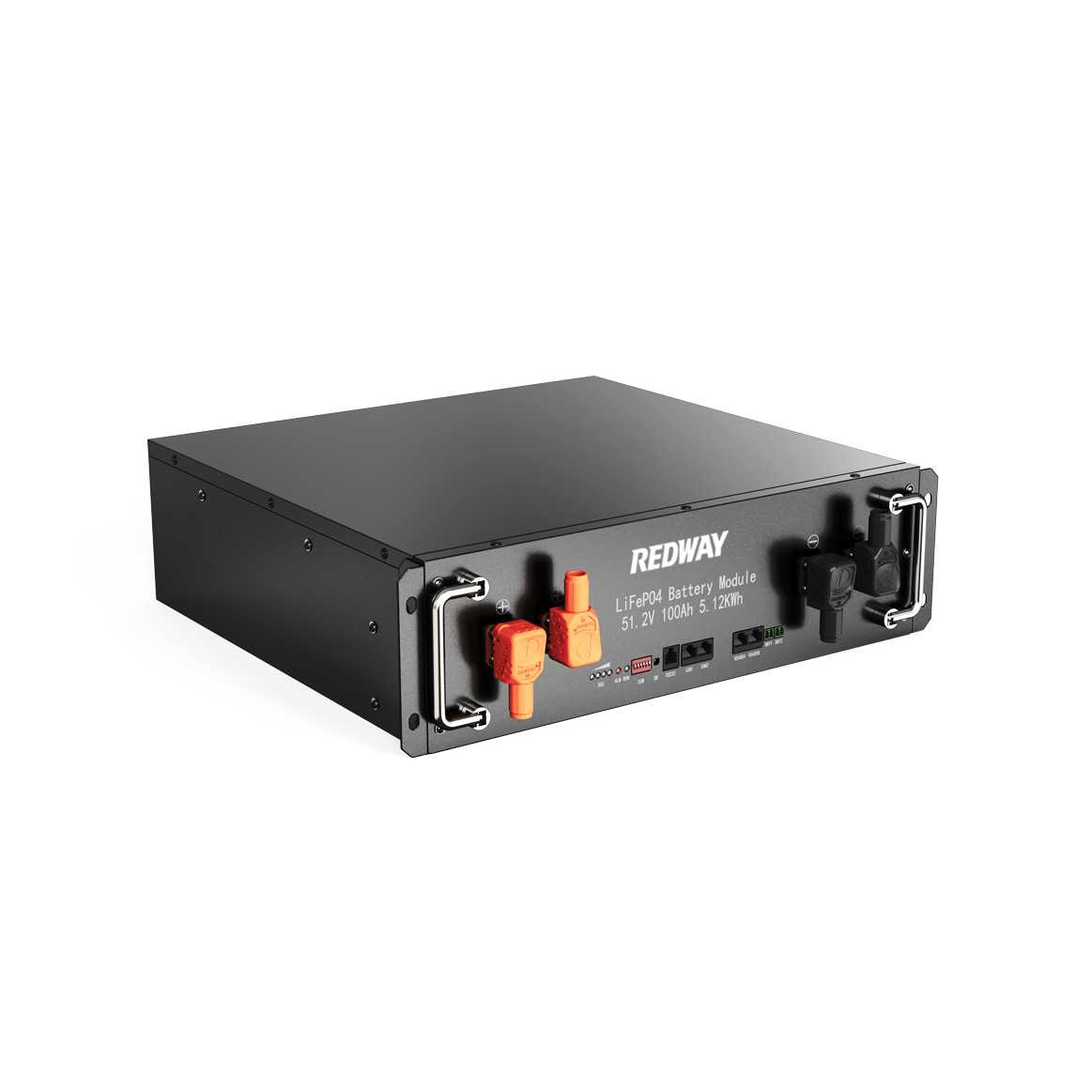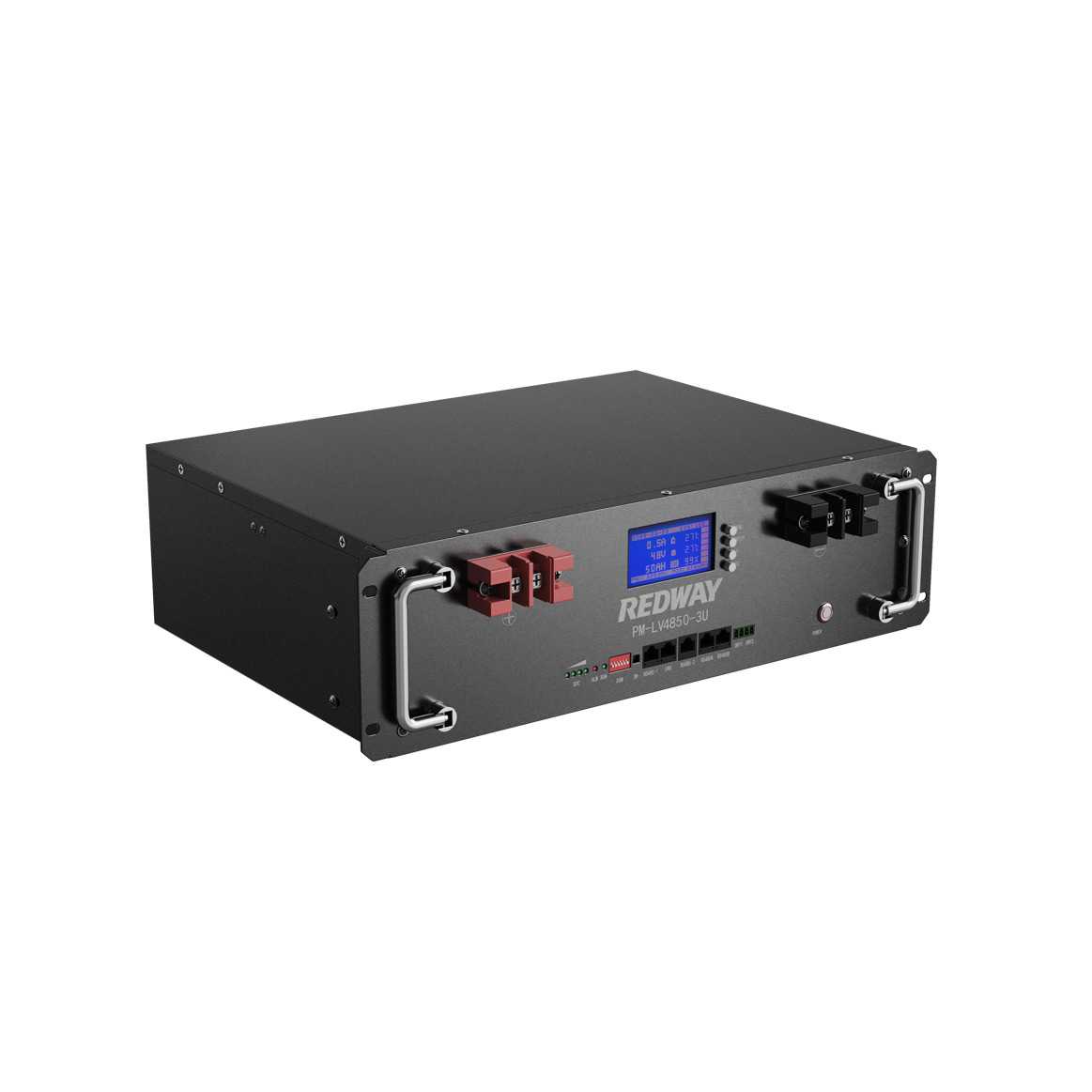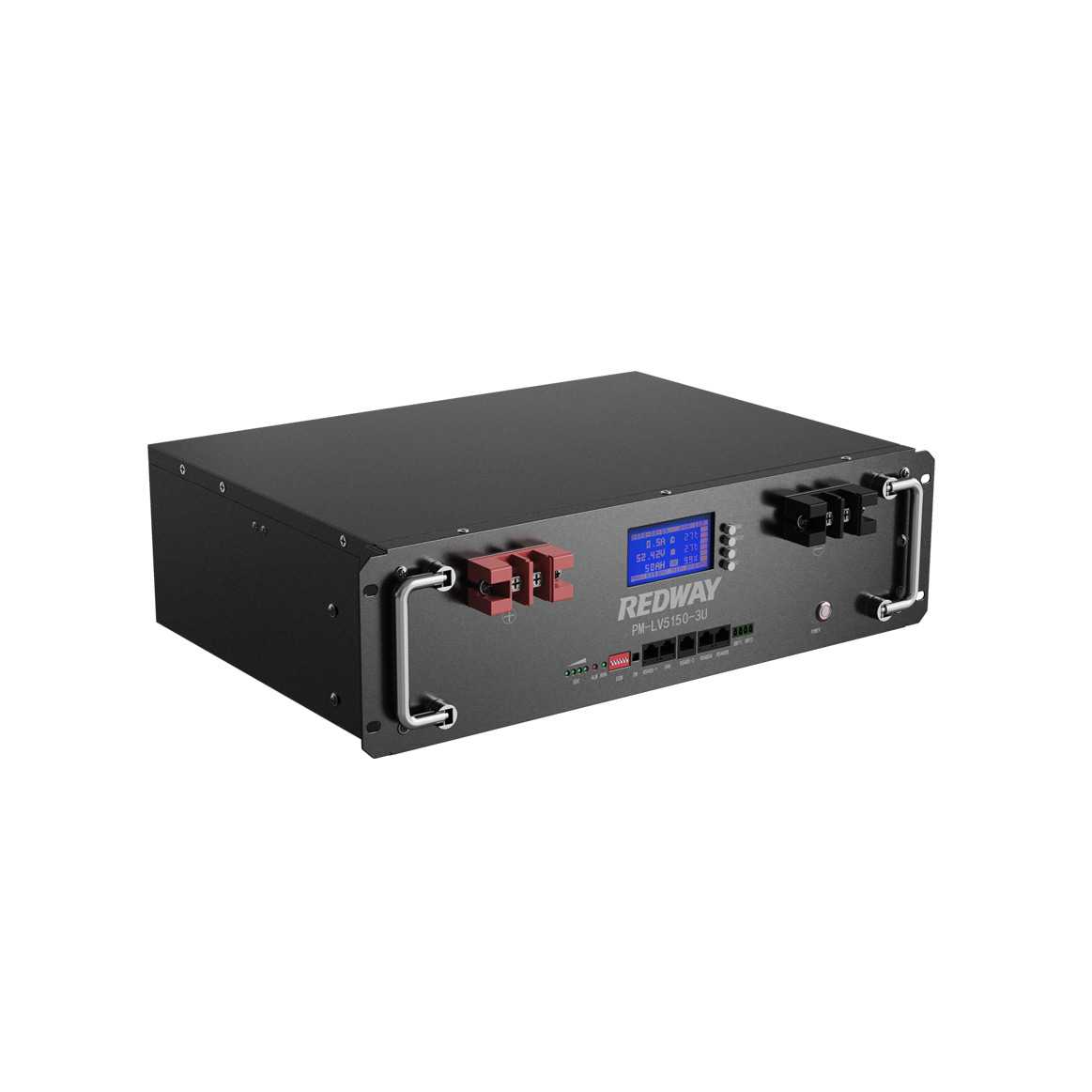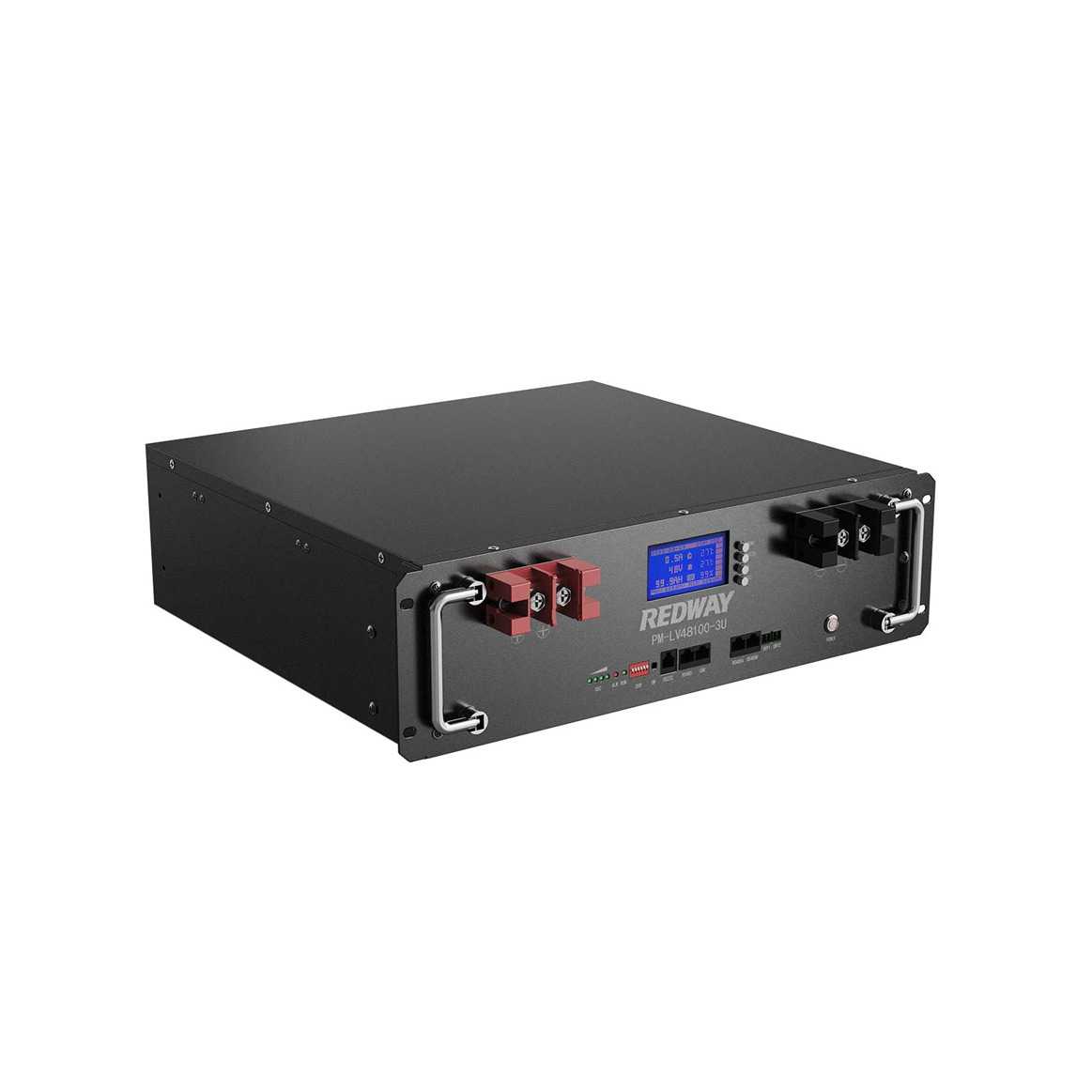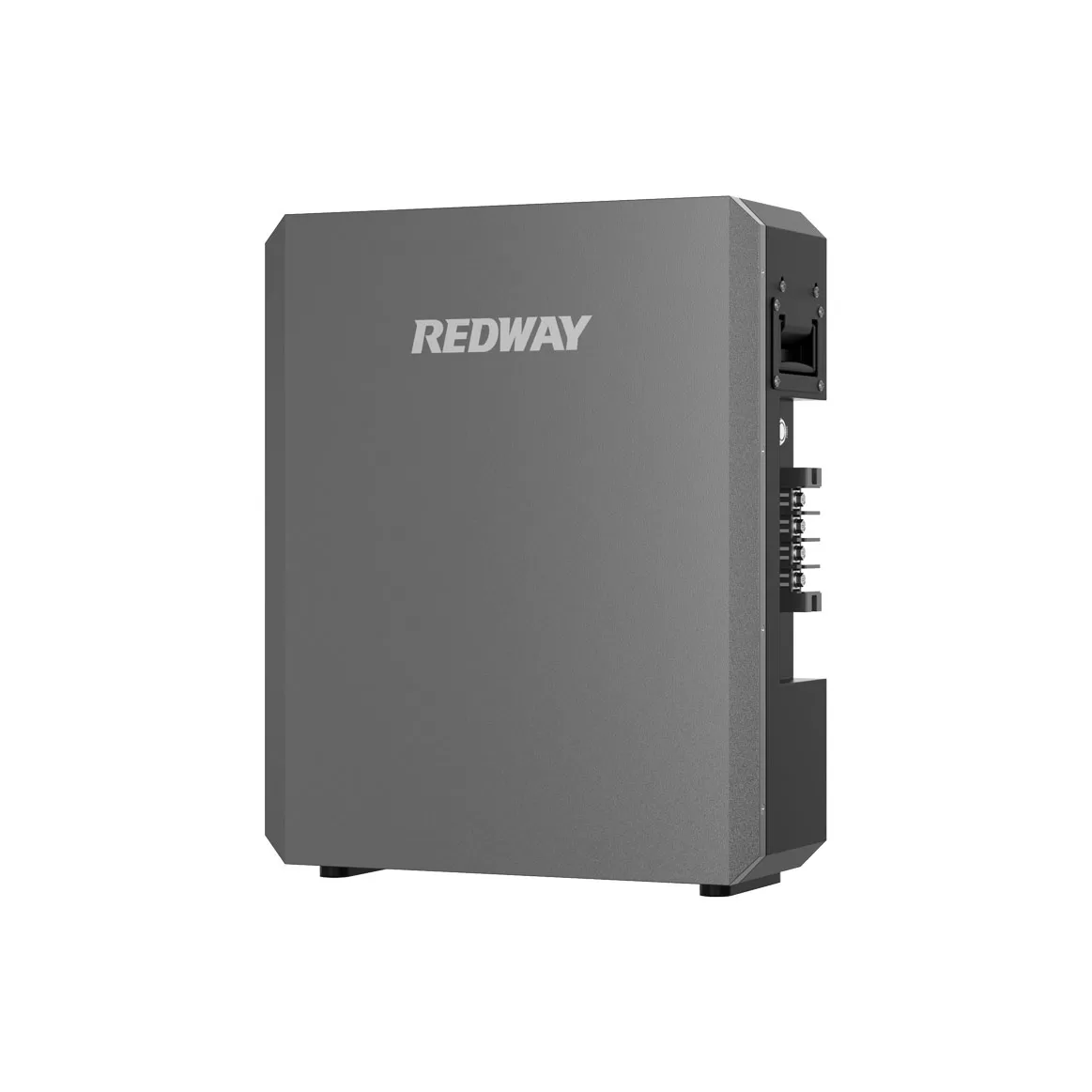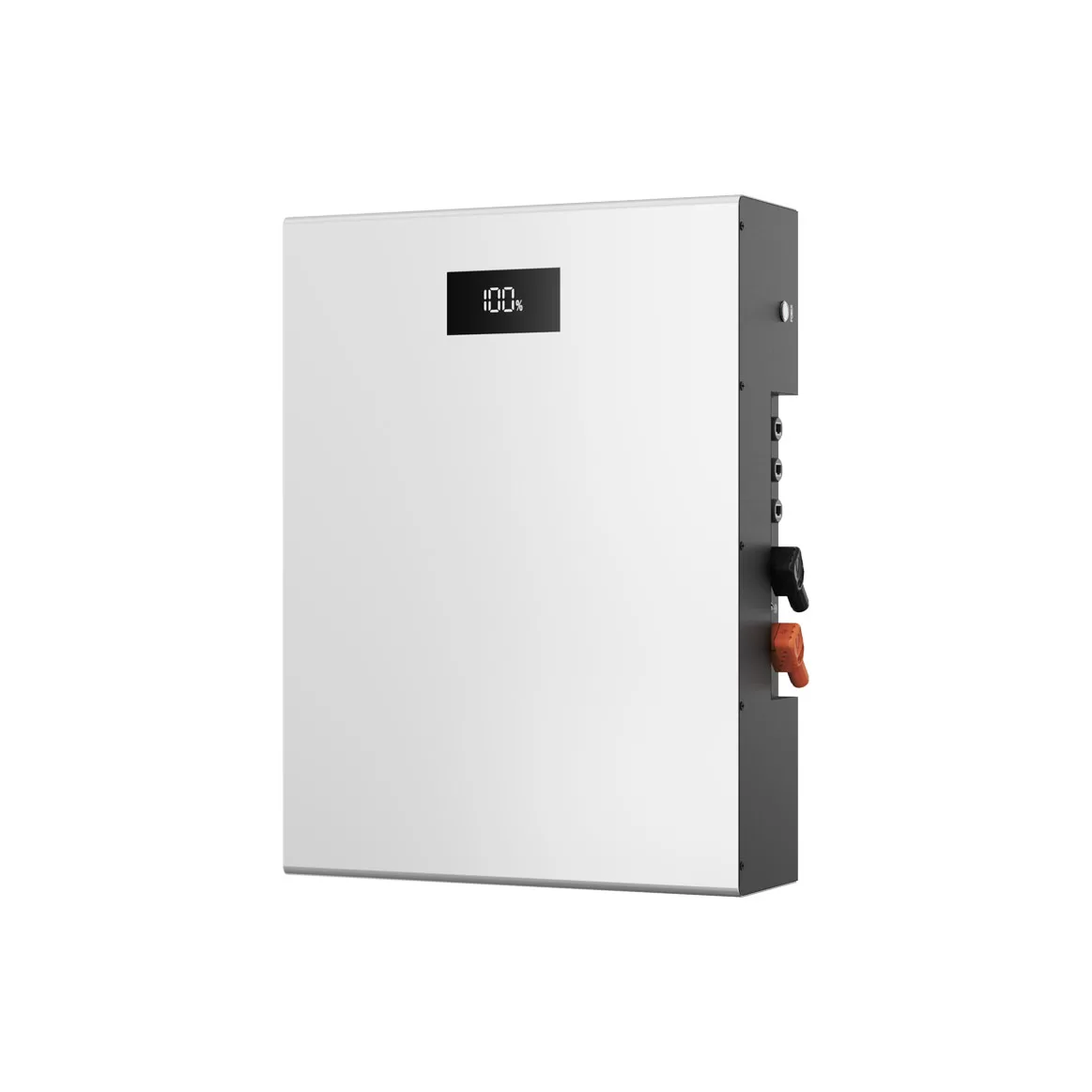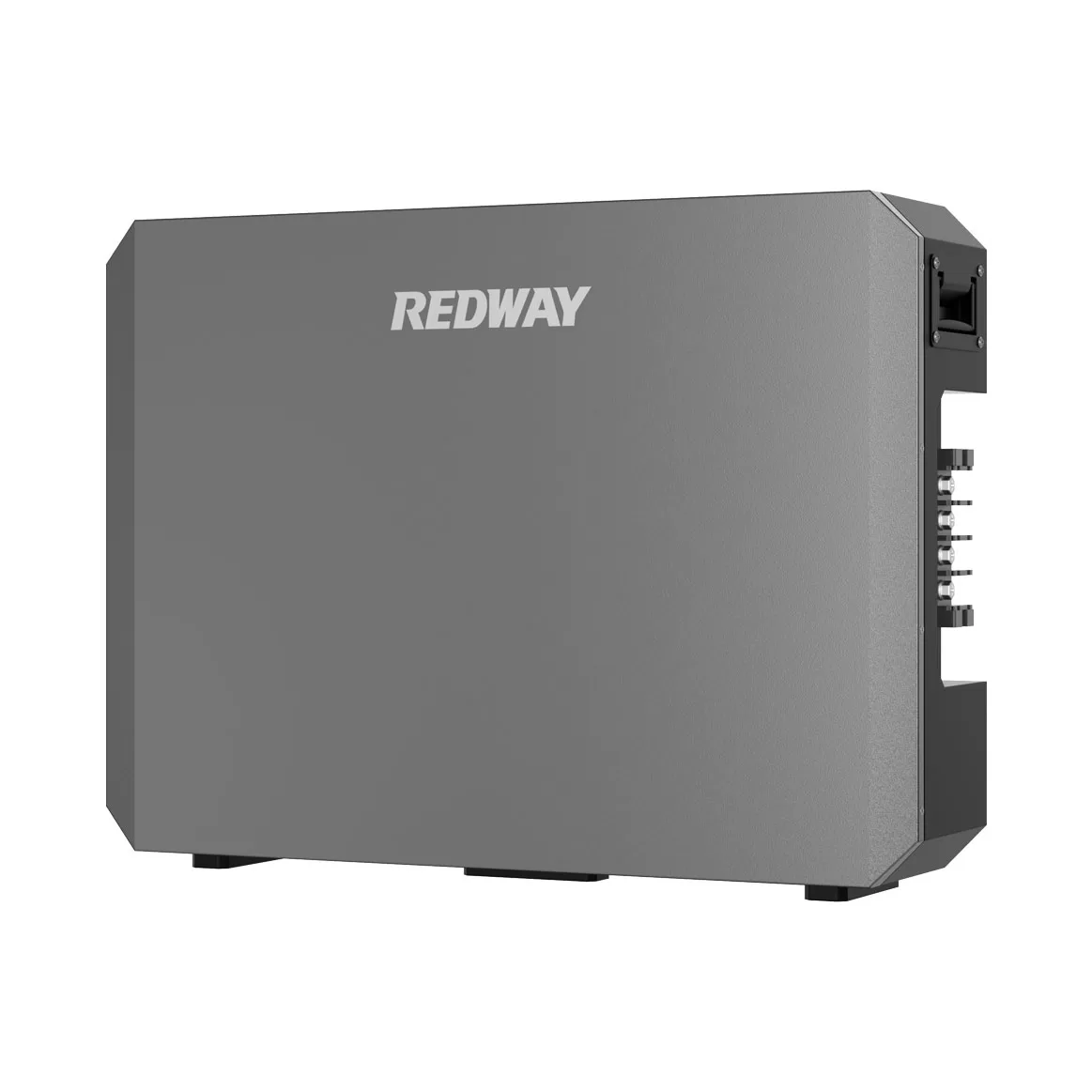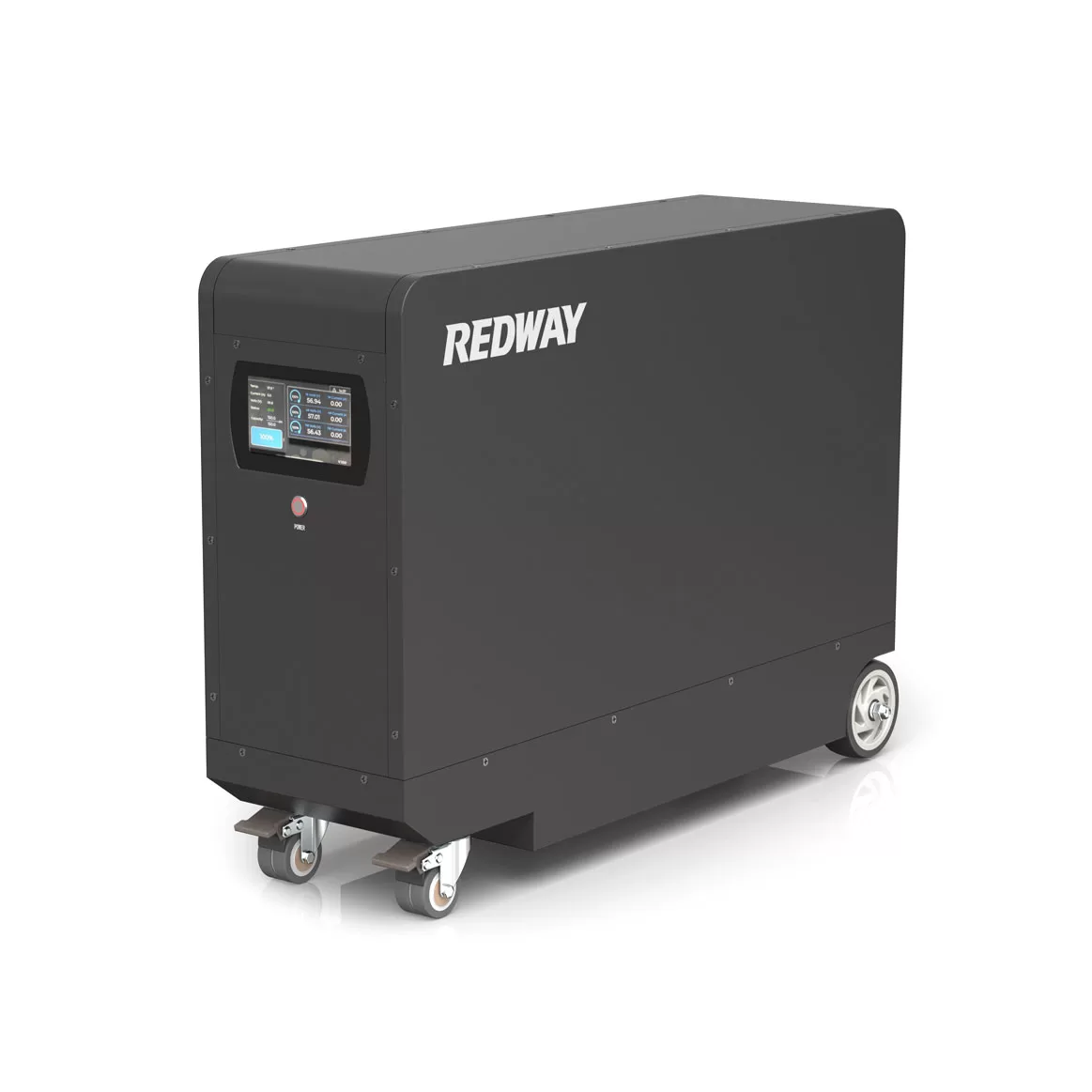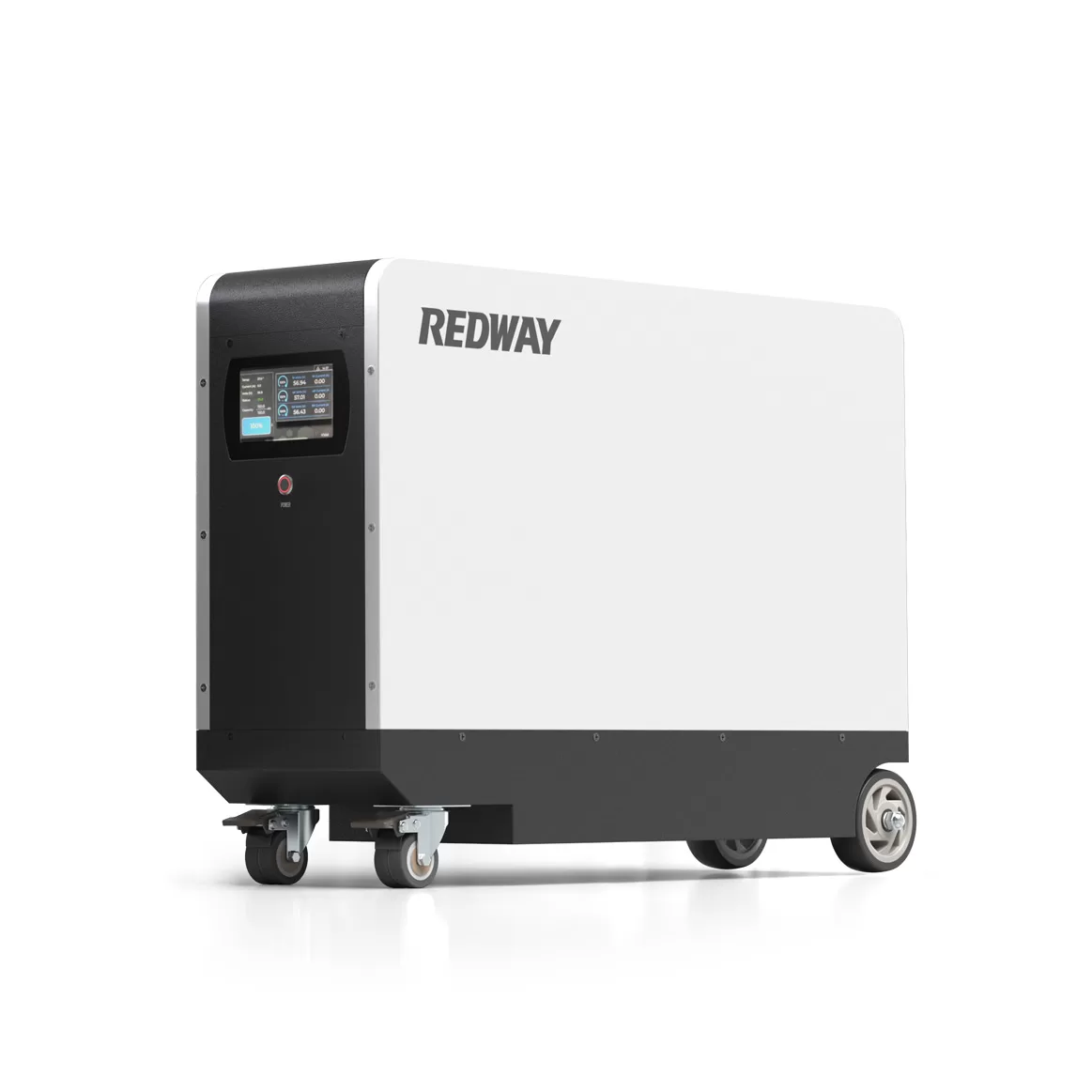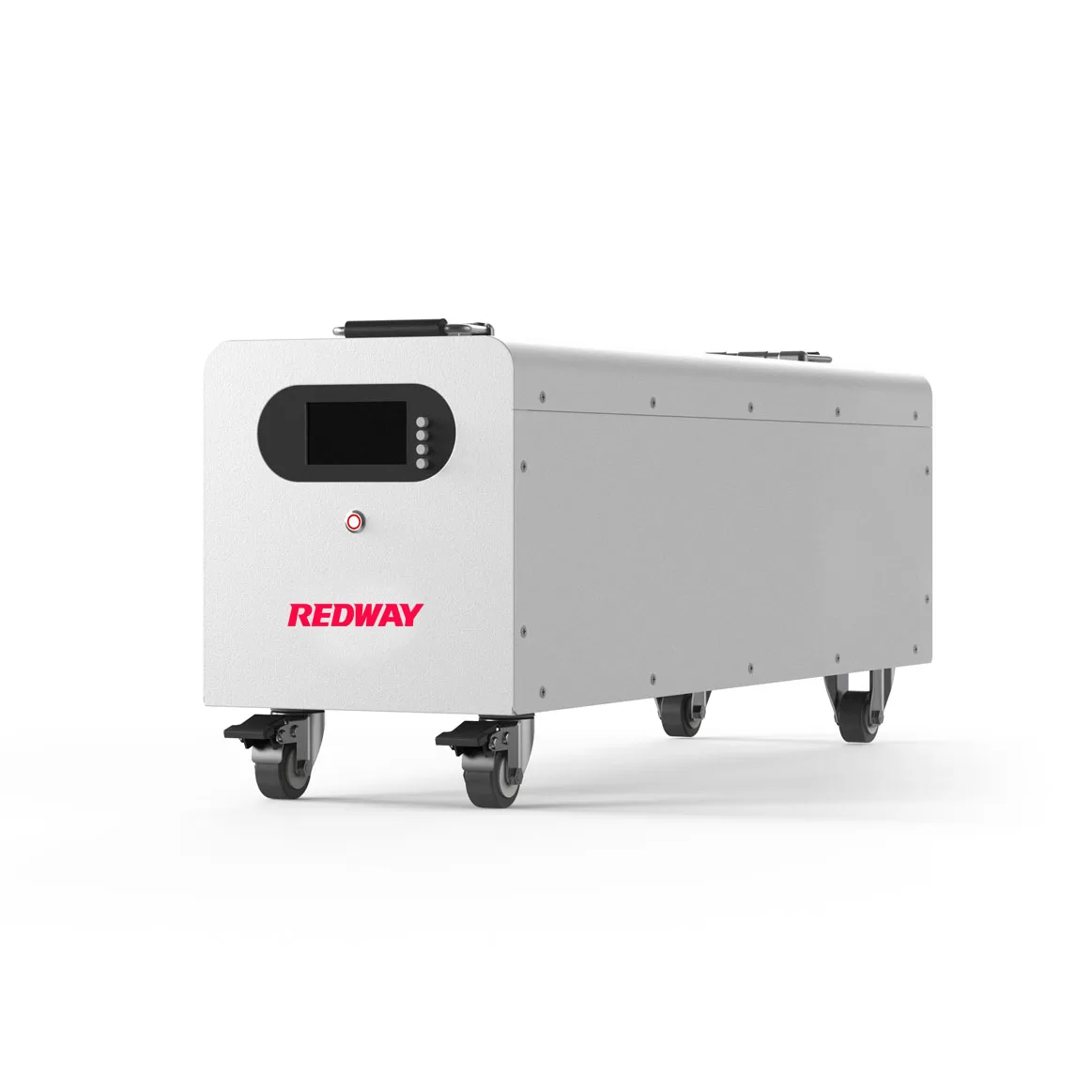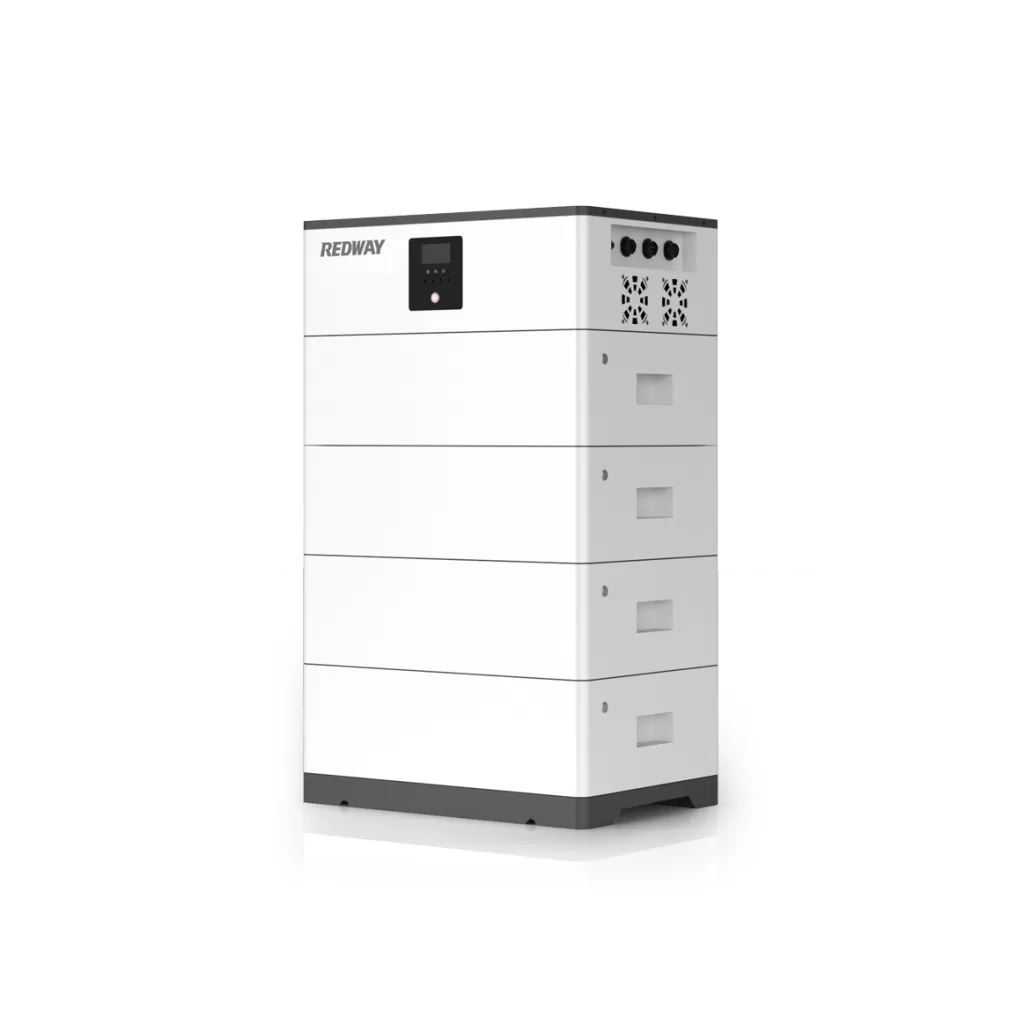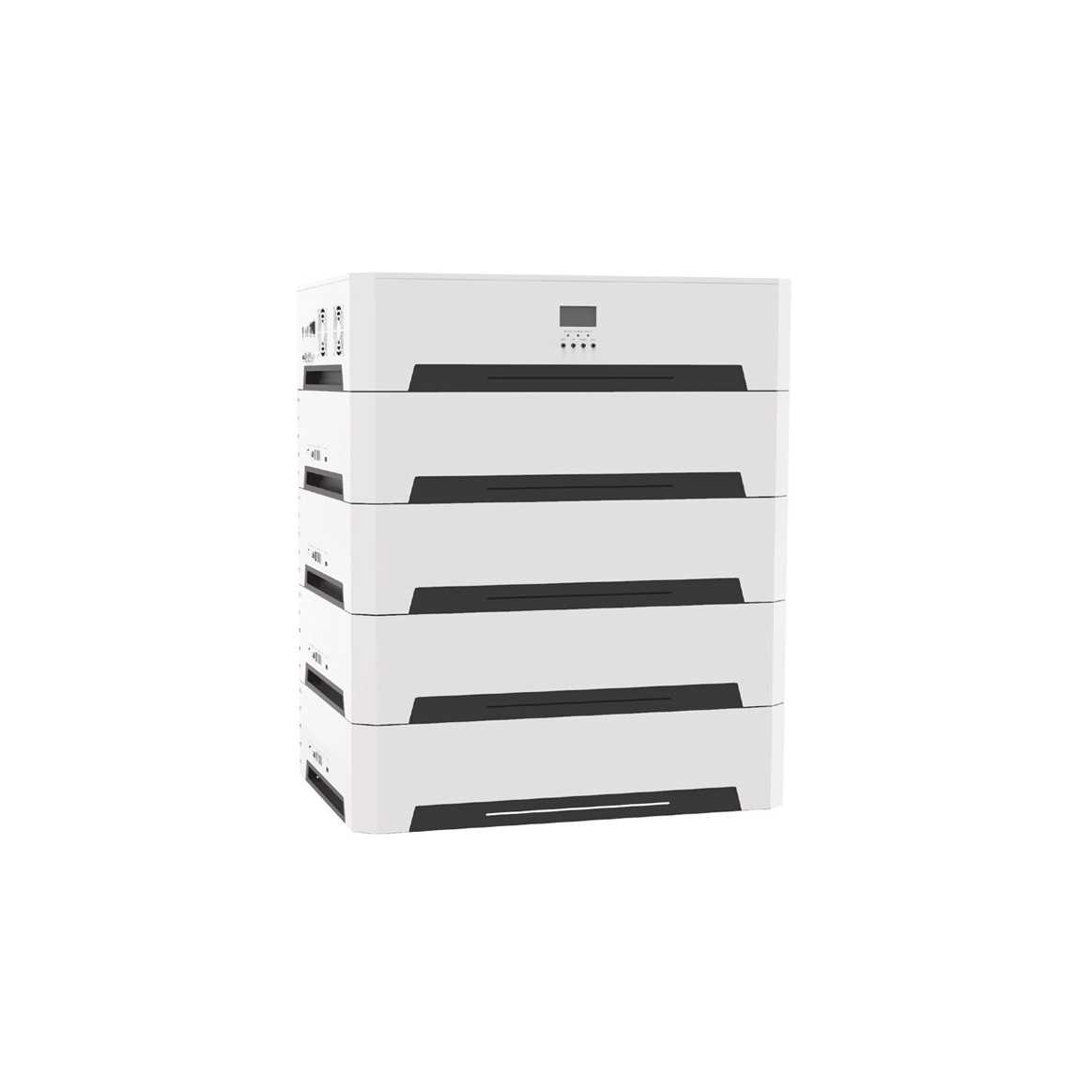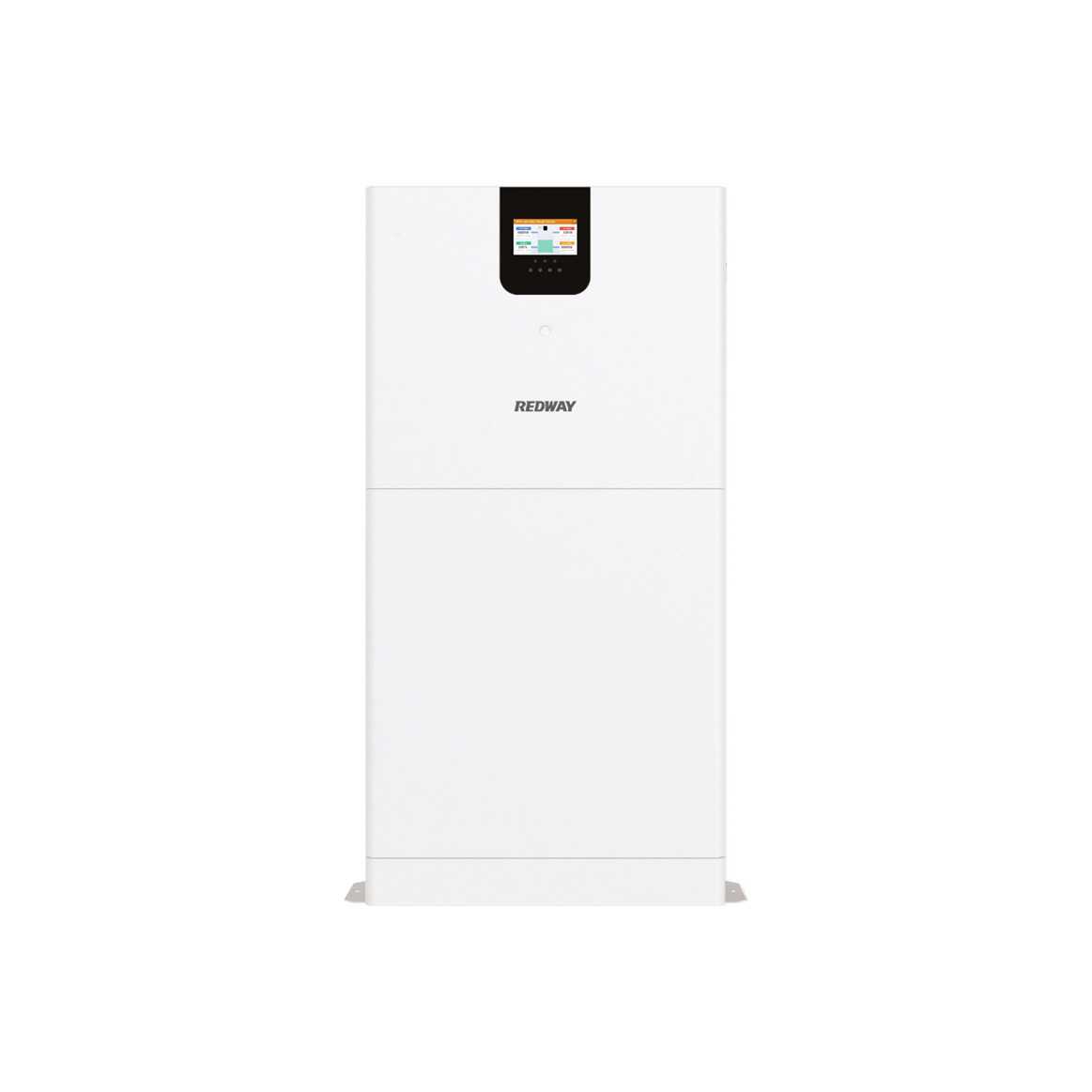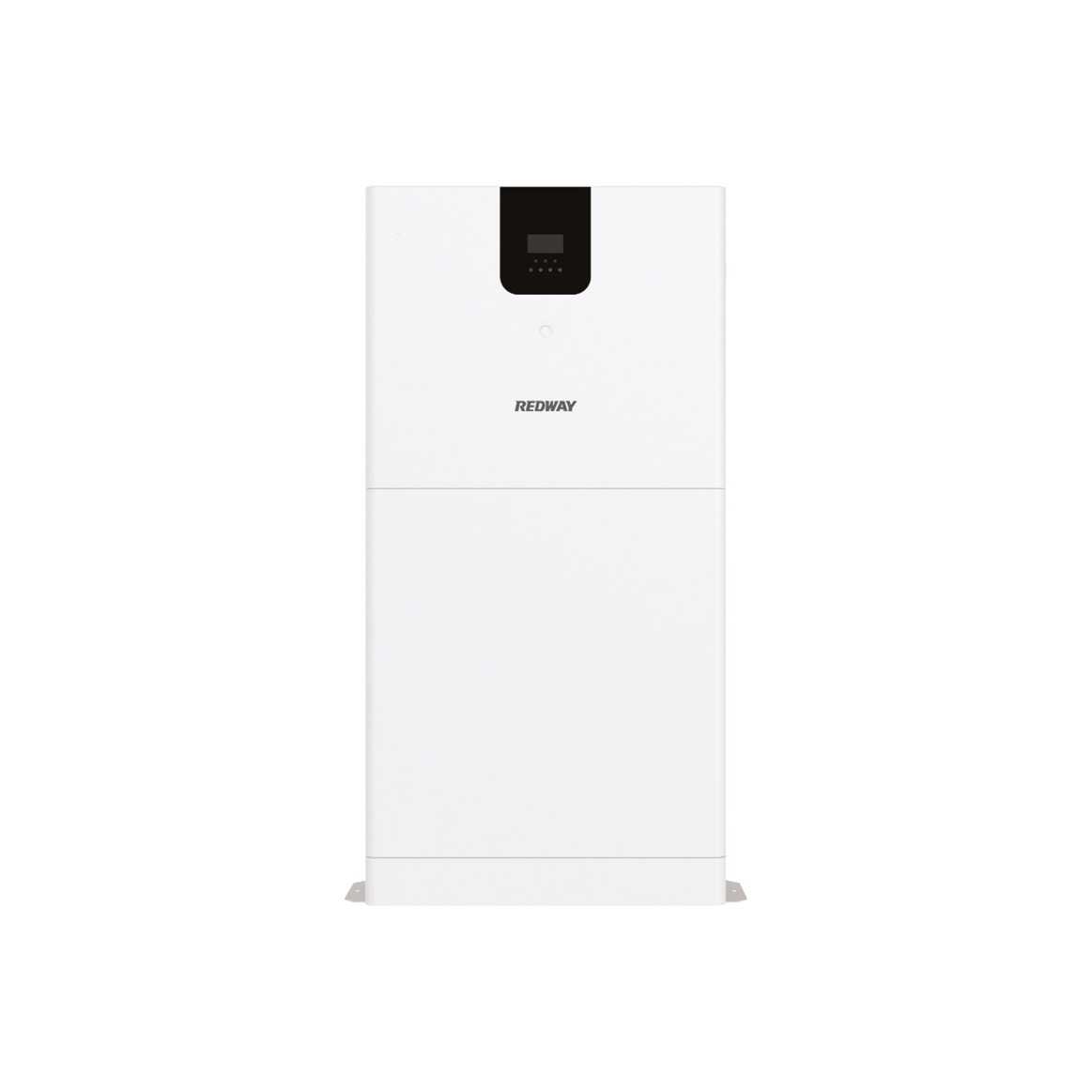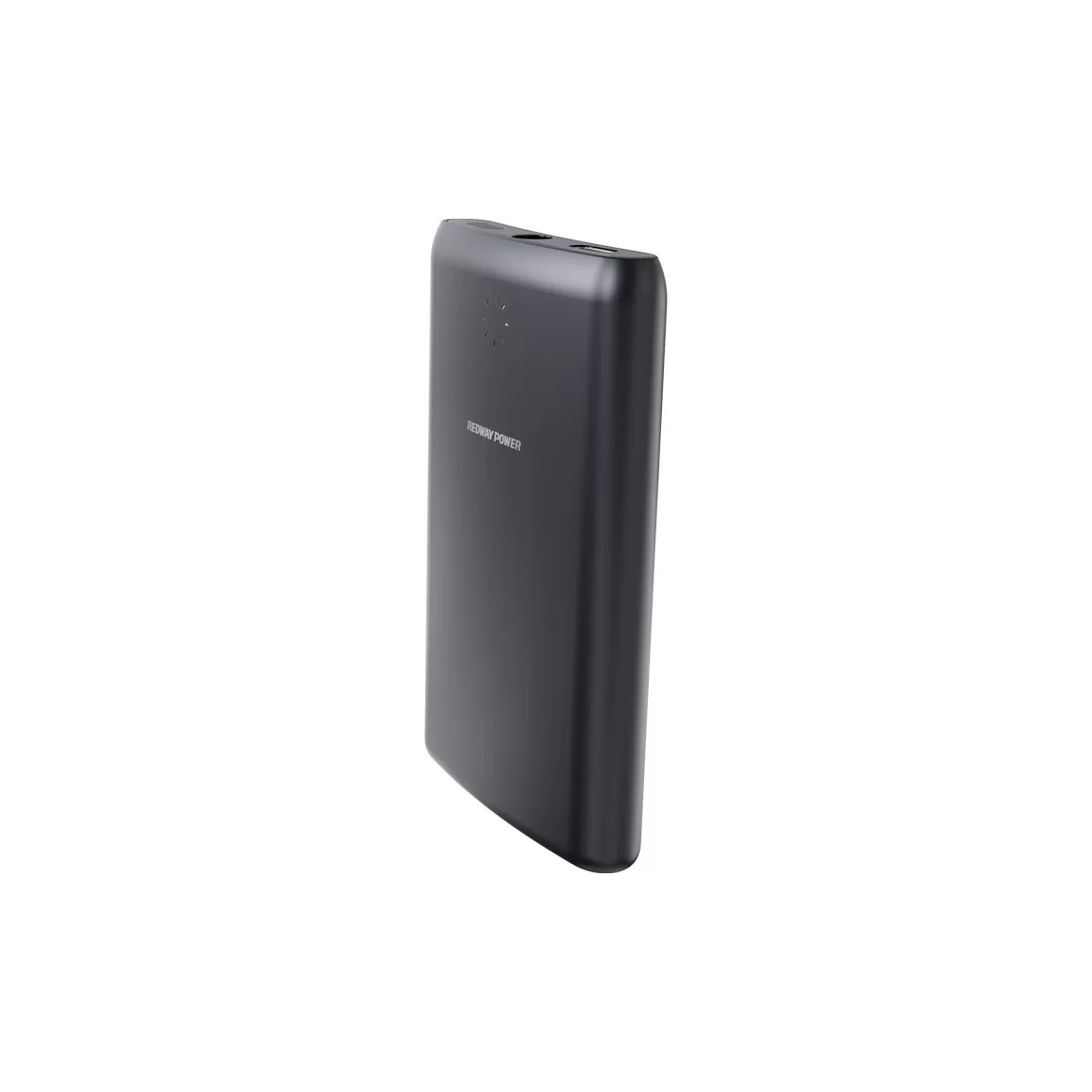En el ámbito del almacenamiento de energía en el hogar, destacan dos dispositivos: el Tesla Powerwall y el Enphase Battery. Estos sistemas permiten a los propietarios almacenar energía solar y usarla cuando sea necesario, lo que brinda beneficios como ahorros de costos, energía de respaldo durante los cortes y la capacidad de aprovechar las tarifas de tiempo de uso. En este artículo, profundizaremos en las diferencias entre la batería Enphase y la Tesla Powerwall 2, explorando sus características, capacidades, potencia de salida, eficiencia, garantías, precios y ventajas.
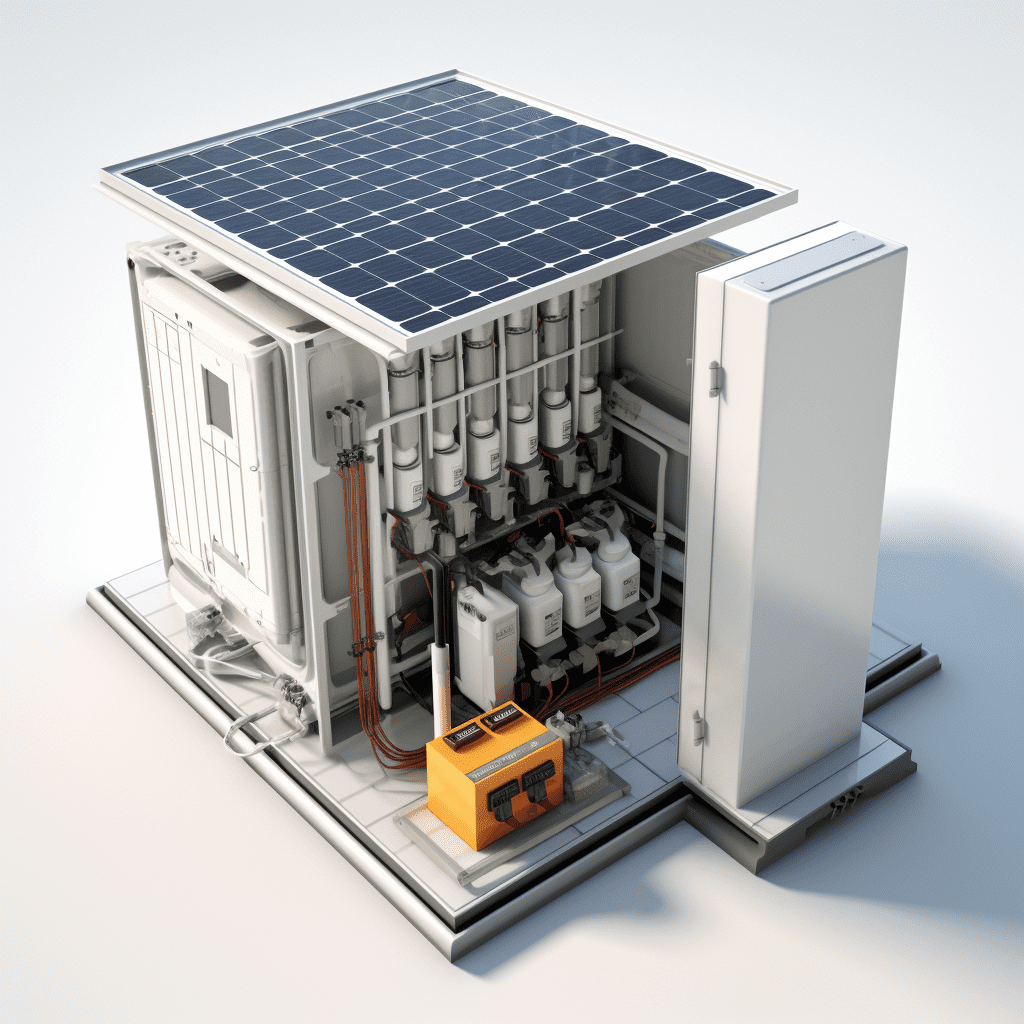

Contenido:
Al comparar la batería Enphase con la Tesla Powerwall 2, es esencial comprender las características individuales de cada producto. Estas son las características clave que diferencian estas dos soluciones de almacenamiento de energía:
1. Tesla Powerwall:
– Ofrece una larga vida útil y viene con una garantía de 10 años.
– Cuenta con una calificación de eficiencia general del 90%, lo que garantiza una generación de electricidad eficiente.
– Permite la ampliación del sistema, con la posibilidad de añadir hasta diez Powerwalls.
– Tesla no ofrece el Powerwall como un producto independiente; debe comprarse como parte de un pedido de Tesla Solar.
– Comparativamente más caras que otros tipos de baterías solares.
– Es posible que no sea compatible con los sistemas de paneles solares existentes.
2. Batería de fase:
– Admite una configuración máxima de 40 baterías.
– Enphase ha reducido los precios para competir con Tesla Powerwall, lo que lo convierte en una opción rentable.
– Viene con una garantía estándar de 10 años, con la opción de una extensión adicional de 5 años.
– Solo los microinversores de las líneas M e IQ de Enphase son compatibles con Encharge.
– Ofrece un poco menos de espacio de almacenamiento de batería que el Powerwall.
– No se puede utilizar con otros inversores.
Capacity:
In terms of capacity, the Enphase IQ 10 Battery has a capacity of 10.07 kWh, while the Tesla Powerwall 2.0 offers a larger storage capability of 13.6 kWh. Both batteries can keep a household operational during power outages and help reduce reliance on the grid, thereby lowering electricity costs.
Power Output:
The Tesla Powerwall 2.0 is available in a single version with a capacity of 13.5 kWh. In contrast, Enphase batteries come in two sizes: 3.36 kWh and 10.08 kWh. This gives homeowners greater flexibility in tailoring their system to their specific needs. With Enphase, it is possible to install up to 14 units in one setup by adding multiple banks simultaneously. However, it should be noted that Enphase batteries require more time to charge and discharge compared to the Powerwall.
Efficiency:
When it comes to efficiency, Tesla’s Powerwall boasts a 90% round-trip efficiency (RTE), meaning it can use 9 kWh of stored energy for every 10 kWh. In contrast, Enphase’s Encharge 10 has a higher RTE of 96%. However, the electricity reduces to 89% after passing through the microinverters.
Warranty:
Both Enphase’s Encharge 10 and Tesla’s Powerwall+ come with relatively similar warranties. Both guarantee 70% energy capacity retention after ten years. However, Tesla imposes restrictions, such as an aggregate throughput limit, depending on the type of power usage. In comparison, Enphase’s warranty is simpler, with termination conditions based on time, cycles, or transmitted AC energy.
Pricing:
Tesla no longer sells the Powerwall separately; it must be added to a Tesla Solar order. The cost of the Tesla Powerwall battery can range from $12,850 to $73,300. On the other hand, Enphase offers the IQ battery in 3.3 kWh and 10 kWh capacities, with prices ranging from $5,000 to $10,000, depending on the size.
Advantages of Enphase Battery over Tesla Powerwall:
1. Customer Protection: Enphase prioritizes customer safety by using AC coupling, low DC volts, and LFP battery chemistry, which is one of the safest options available.
2. Integrated Solutions: Enphase offers solar and storage solutions under one roof, with a single app for monitoring and support.
3. Off-Grid Capability: Enphase’s mobile software allows users to simulate blackout situations, ensuring preparedness and providing independence.
4. Modular Design: Enphase batteries offer flexibility, allowing users to select the battery size that suits their needs and add more capacity as required.
5. Powering Tools: Enphase batteries can power heavy-duty tools like well pumps and pool pumps, and optimize battery capacity for air conditioners.
6. Transparency: Enphase provides full transparency through its Enlighten monitoring system, giving users detailed information about system performance.
Can You Use a Tesla Powerwall with Enphase?
Yes, it is possible to use a Tesla Powerwall with Enphase microinverters. Enphase microinverters are compatible with solar panels and convert DC power into AC power, which can be stored by the Powerwall for home use.
Is Tesla Better Than Enphase?
The choice between Tesla and Enphase depends on individual needs. For those seeking a smaller, portable battery for both solar and off-grid use, the Enphase battery is an excellent option. On the other hand, if you want to use solar power as the primary energy source but also have a backup generator, the Powerwall is a better choice. Each battery has its own advantages, and the decision should be based on specific requirements.
Top 10 Questions and Answers for Energy Storage Practitioners:
1. What is the capacity of the Enphase IQ 10 Battery?
– The Enphase IQ 10 Battery has a capacity of 10.07 kWh.
2. How many Powerwalls can be added to a system for expansion?
– Up to ten Powerwalls can be added to a system for expansion.
3. Can Enphase batteries be used with other inverters?
– No, Enphase batteries can only be used with Enphase’s M and IQ line microinverters.
4. How long does it take to fully charge a Tesla Powerwall?
– The Tesla Powerwall takes approximately 2 hours to fully charge at 3.3 kW.
5. What is the warranty period for Enphase’s Encharge 10 and Tesla’s Powerwall+?
– Both Enphase’s Encharge 10 and Tesla’s Powerwall+ come with a 10-year warranty.
6. Can the Enphase battery power heavy-duty tools?
– Yes, the Enphase battery can power tools like well pumps and pool pumps.
7. What is the average price range for the Tesla Powerwall battery?
– The Tesla Powerwall battery can cost anywhere from $12,850 to $73,300.
8. Does Enphase offer an extended warranty option?
– Yes, Enphase offers a 5-year warranty extension for an additional fee.
9. How does the efficiency of the Tesla Powerwall compare to the Enphase Encharge 10?
– The Tesla Powerwall has a round-trip efficiency (RTE) of 90%, while the Enphase Encharge 10 has an RTE of 96%.
10. Which battery provides full transparency through monitoring?
– The Enphase battery provides full transparency through its Enlighten monitoring system.
These questions and answers provide insight into the key aspects of the Enphase battery vs Tesla Powerwall 2 comparison, helping energy storage practitioners make informed decisions.
Related Posts
- ¿Qué tan alto es el Echo Dot?
- ¿Cuánto cuesta una celda de energía Generac? Una descripción general completa
- Tracer Power amplía sus esfuerzos de exportación para satisfacer la creciente demanda de baterías portátiles
- Tesla Powerwall vs Generac PWRcell: una comparación completa
- SunPower vs Tesla: una comparación completa de soluciones de energía solar
- Solar térmica versus fotovoltaica: una comparación de eficiencia, costo y capacidad
